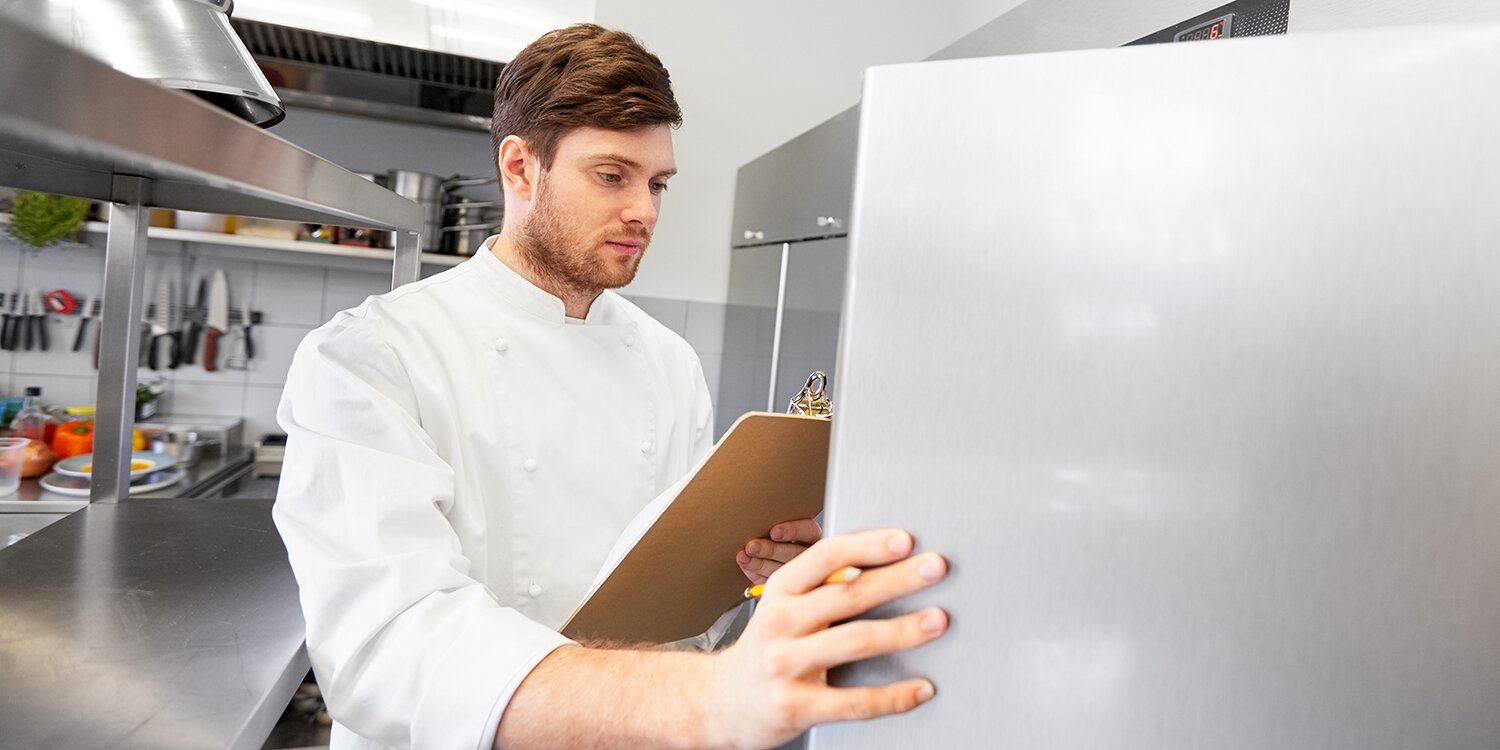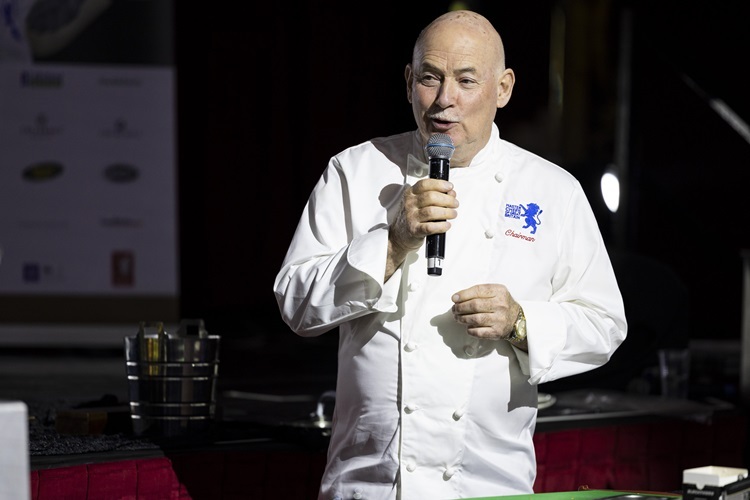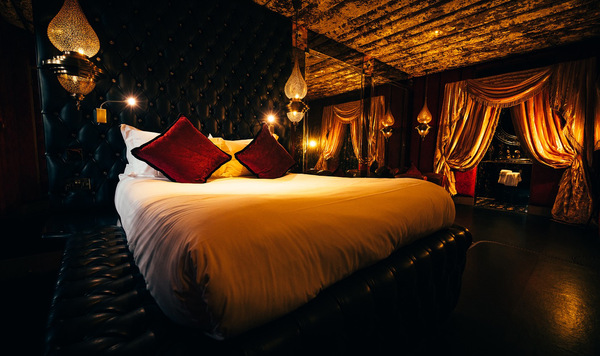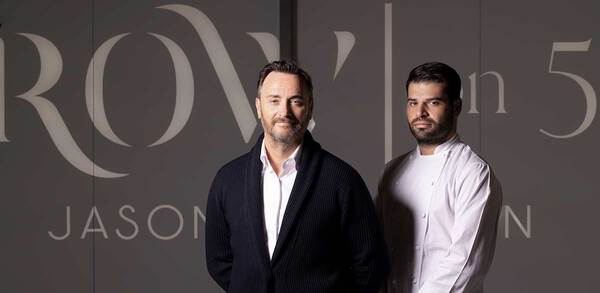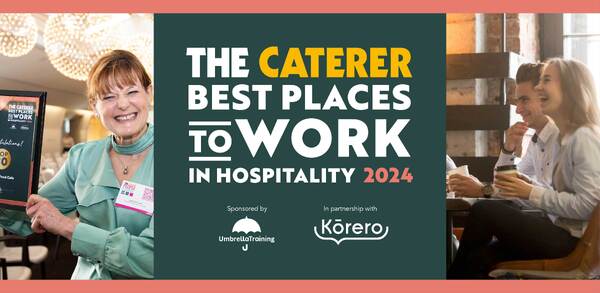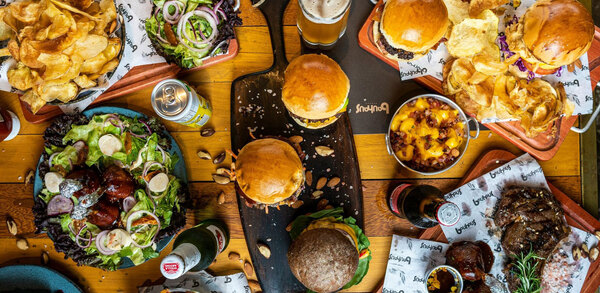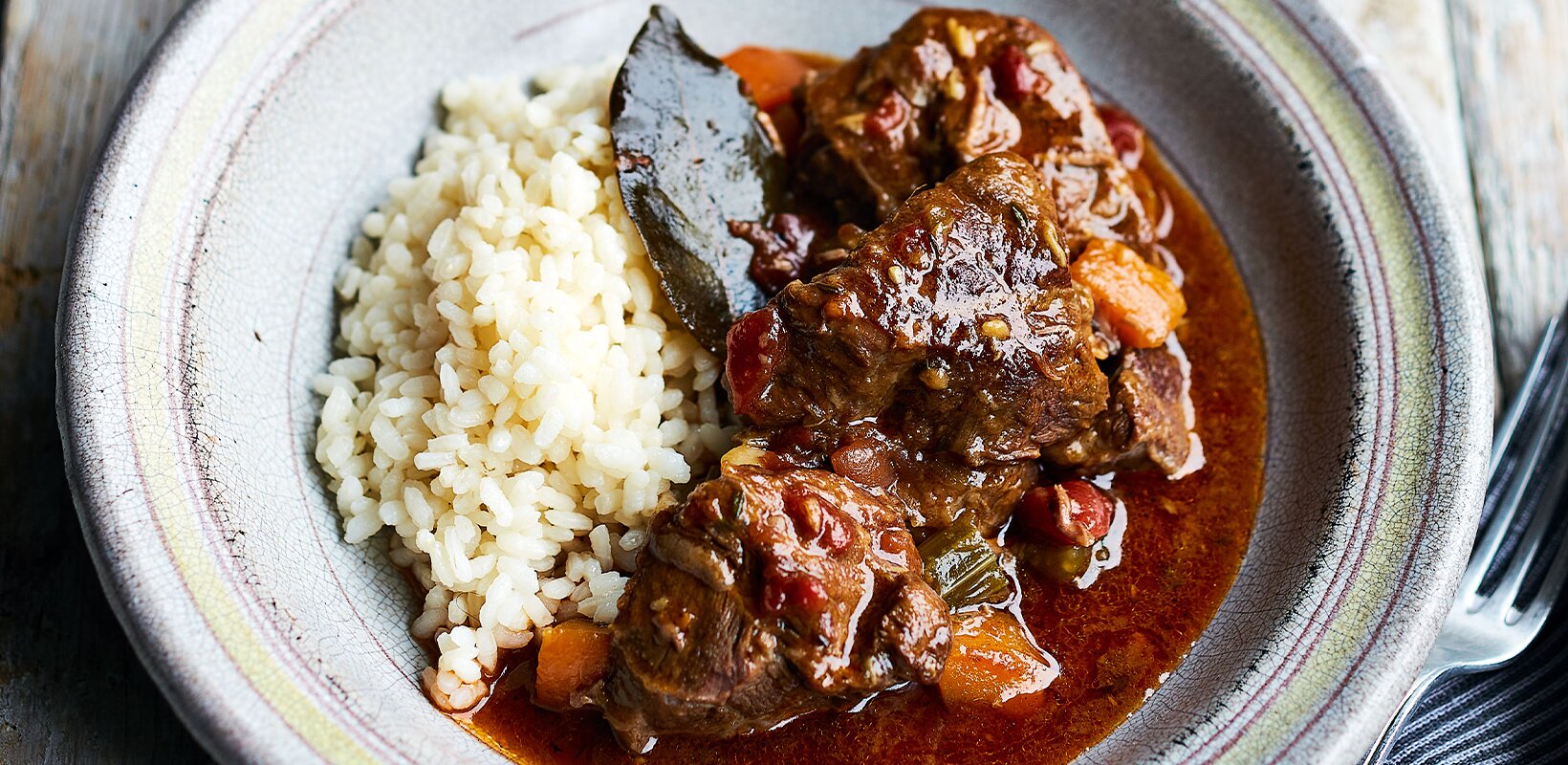How to address hidden energy costs
Energy usage is a big drain on hospitality’s profitability. Steve Kenny advises on how to get a handle on hidden costs before it’s too late
The hospitality sector is facing significant challenges due to the cost of living crisis and rising energy costs. Many businesses within this sector, regardless of whether they operate hotels, pubs or restaurants, have experienced difficulties in maintaining profitability. Not only has the increasing cost of living led to reduced consumer spending, but rising energy bills have put additional financial strain on businesses, making it harder for them to manage operational expenses.
While encouraging consumers to spend more might be a trickier task, the hospitality sector should consider adopting strategies to address their energy usage. From implementing energy efficient heating, ventilation and air conditioning (HVAC) systems and appliances to carrying out regular maintenance checks of equipment, businesses can gain substantial savings.
With a report showing that over the past year more than 12 hospitality venues in the UK have shut down daily due to rising energy costs, it is more important than ever for businesses to take steps to reduce their energy usage. However, cost is often a challenge faced by many businesses when looking towards energy efficient strategies.
While larger-scale efficiency projects, such as modernising HVAC systems or improving insulation, can result in significant energy usage reductions, the sizable upfront investment they require might not be possible for most businesses already struggling with bills. Nonetheless, businesses can explore other avenues that can offer substantial reductions in their energy usage.
The significance of small power
Addressing small power usage, which relates to volume of power consumed by power outlets and plugged-in devices, is one of most cost-effective ways for businesses to tackle energy usage. There can be hundreds of electrical devices in any given venue, ranging from computers, water coolers and fridges, which collectively account for a significant percentage of a building’s energy use.
Despite the power requirements of individual devices being minimal compared to the consumption of HVAC systems, together they can account for a significant percentage of a building’s energy use. In fact, data suggests that small power can account for up to 25% of energy consumption in a minimally efficient building, or as much as 50% in buildings that have already installed high-efficiency lighting and HVAC systems.
Historically, managing small power was difficult due to the lack of capabilities to monitor and control it. Typically, electrical sockets were not integrated into a venue’s building management system (BMS), but new technologies now make it possible to connect electrical sockets to the BMS, enabling constant insight and control of small power loads. These solutions can help establish any sockets across a venue that have been left powered on unnecessarily as well as any devices in sleep mode that might consume electricity without staff noticing.
With a suitable solution in place, businesses within the hospitality sector can begin cutting the power consumption of electrical outlets without having to make large upfront investments.
Currently, the challenges posed by the cost of living crisis and increased energy prices seem set to persist for some time to come. It is therefore critical that businesses do what they can to drive down building energy use as quickly and cost-effectively as possible. Addressing small power – something once thought to be a cumbersome and impractical task for hospitality businesses – can help achieve this.
Steve Kenny is vice-president and general manager at MK Electric



